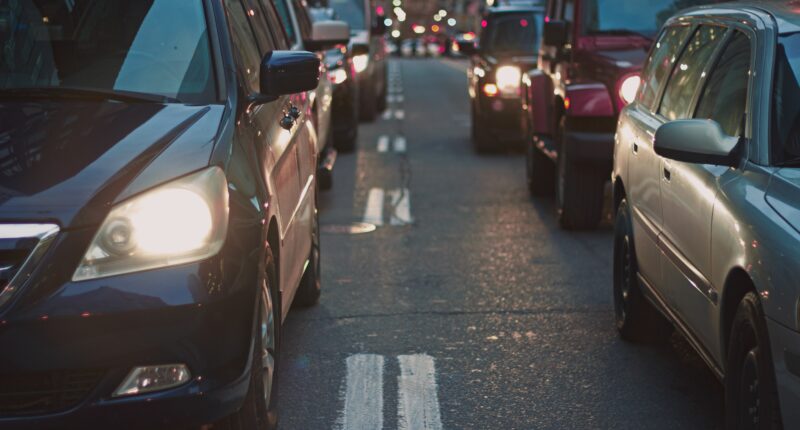Bengaluru, the IT hub of India, loses about Rs 20,000 crore annually due to various traffic-related situations, which include congestion, stoppages at signal, delays, time and fuel loss, just to list a few, as per a study.
In an effort to fix this chaotic situation on the road, an expert committee has proposed a congestion tax in association with the Karnataka government.
What is a congestion tax?
Simply put, this is a congestion charge or extra fee paid to the government, which will be levied on all non-exempt vehicles entering the city during peak hours.
The core idea is to boost travel times for buses, cars, and delivery vehicles while also creating awareness among commuters about the impact of traffic congestion during peak hours.
How will this be implemented?
By using the FASTag system, which is a prepaid electronic toll collection system that was introduced in Bengaluru in 2021, the authorities plan to implement the collection of congestion tax.
This would involve setting up toll-booth-like checkpoints monitored by closed-circuit television (CCTV) cameras at major access points to busy roads. The moment a private vehicle enters into a lane that has been flagged for heavy traffic flow, the vehicle would be photographed, and congestion tax would be automatically deducted from the vehicle owner’s bank account.
Which cities across the globe charge congestion tax?
Across the world, Singapore, London, New York, Stockholm, Sweden and a few other European Union cities have implemented congestion tax to curb traffic-related issues.
So, what has been the impact of levying congestion tax in these global cities? For instance, in London, between 2002 and 2014, the number of private cars entering such so-called congested zones dipped by almost 39%. Also, annual revenues of about US$300 million were provided for developing public transport systems.
It is hoped that the successful implementation of a congestion tax in Bengaluru would disincentive the use of private vehicles, give a push to the usage of private vehicles and ensure easy flow of traffic movement.

Rajiv is an independent editorial consultant for the last decade. Prior to this, he worked as a full-time journalist associated with various prominent print media houses. In his spare time, he loves to paint on canvas.





